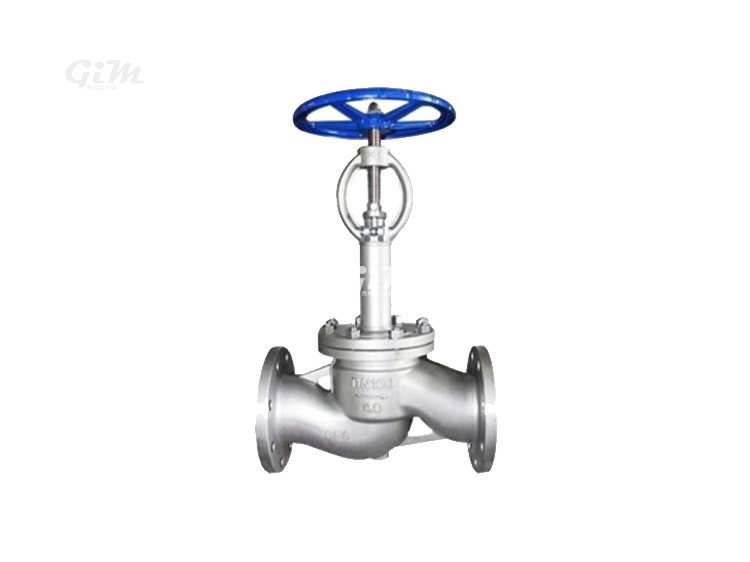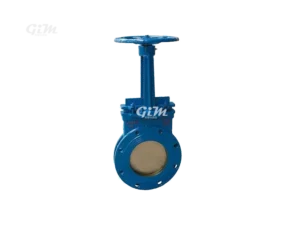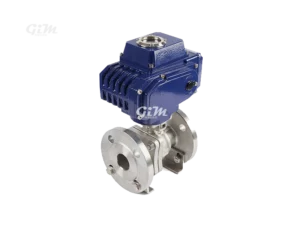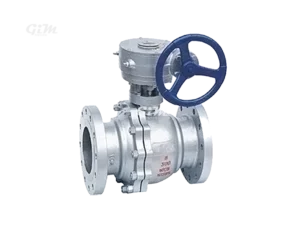Cryogenic Globe Valve
- Support Customization
- Two-Year Warranty
- Global Shipping
- Multiple Payment Methods
Overview:
The Cryogenic Globe Valve is specifically designed for applications involving extremely low temperatures, commonly used for cryogenic fluids like liquefied natural gas (LNG), liquefied petroleum gas (LPG), and other cryogenic liquids. These valves ensure safe and reliable operation in environments that require precise flow control at temperatures as low as -196°C.
Product Features:
- Material:
- Body Material: Constructed from stainless steel (304, 316, 316L) or low-temperature carbon steel, ensuring resistance to brittle fracture at extremely low temperatures.
- Sealing Material: Equipped with special cryogenic gaskets and seals, often made of PTFE or other materials that maintain flexibility and integrity in cryogenic conditions.
- Design:
- Extended Bonnet: Features an extended bonnet to isolate the actuator from the low temperatures of the process fluid, reducing the risk of freezing and ensuring reliable operation.
- Non-Rising Stem or Rising Stem Options: Available with both stem designs based on application needs.
- Compact and Robust Structure: Designed for space-constrained installations while ensuring high durability in demanding environments.
- Operation:
- Manual, Pneumatic, or Electric Actuation: Available in multiple actuation options, including manual handwheel operation, pneumatic actuators for quick operation, or electric actuators for automated systems.
- Precise Flow Control: Globe valves are ideal for throttling applications, offering excellent flow control characteristics for cryogenic fluids.
- Pressure and Temperature Ratings:
- Pressure Classes: Available in pressure classes from PN16 to PN160 or ANSI Class 150 to 1500, capable of handling high pressures in low-temperature environments.
- Temperature Range: Suitable for operating temperatures from -196°C to 120°C, making it an excellent choice for cryogenic applications.
- Sealing and Leakage Prevention:
- Tight Shut-off: Designed for zero leakage, the cryogenic globe valve ensures reliable sealing to prevent the escape of hazardous or expensive cryogenic fluids.
- Blowout-Proof Stem: Ensures safe operation by preventing the stem from being ejected in case of pressure surges or failure.
- Flow Control:
- Linear Flow Control: The globe valve’s design allows for gradual opening and closing, providing precise control over the flow rate, and making it suitable for both throttling and shut-off applications.
- Low Flow Resistance: Engineered to minimize pressure drop while maintaining smooth fluid control, critical for efficient handling of cryogenic fluids.
- Safety and Reliability:
- Fire-Safe Design: Complies with fire-safe standards to prevent external hazards, ensuring the valve’s integrity in case of fire.
- Anti-Static and Blowout Protection: Features anti-static mechanisms to avoid the buildup of static electricity, which is critical when handling cryogenic gases and flammable fluids.
- Extended Service Life: Cryogenic materials and design considerations ensure long-term reliability even in severe low-temperature conditions.
- End Connections:
- Available with flanged, welded, or threaded end connections, providing flexibility in installation and integration into various pipeline systems.
Applications:
- LNG and LPG Systems:
- Commonly used in the transportation, storage, and handling of liquefied natural gas (LNG) and liquefied petroleum gas (LPG) in industries like oil and gas.
- Cryogenic Storage Tanks:
- Used in cryogenic storage tanks and facilities where extremely low-temperature liquids, such as nitrogen or oxygen, are stored and transferred.
- Aerospace Industry:
- Essential in aerospace applications involving the storage and transport of cryogenic propellants like liquid hydrogen and liquid oxygen.
- Chemical Processing:
- Utilized in chemical plants where low-temperature fluids, such as ammonia or carbon dioxide, are handled and require precise control.
- Air Separation Plants:
- Employed in air separation units to control the flow of liquefied gases like nitrogen, oxygen, and argon.
- Medical and Research Facilities:
- Used in laboratories and hospitals for handling cryogenic liquids such as liquid nitrogen, which is essential in medical treatments and scientific research.
Advantages:
- Excellent Cryogenic Performance: Specifically engineered to maintain functionality and sealing performance at extremely low temperatures, ensuring safe and efficient fluid control.
- Durability: Made from high-quality materials that provide resistance to wear, corrosion, and extreme temperatures, resulting in a long service life.
- Safety Features: Designed with safety in mind, including blowout-proof stem and anti-static devices, making it suitable for hazardous environments.
- Automation Options: Available with electric or pneumatic actuation for seamless integration into automated systems, ensuring precise control and monitoring.
The Cryogenic Globe Valve is essential for industries that deal with low-temperature fluids, offering reliable performance, precise flow control, and superior sealing capabilities.






